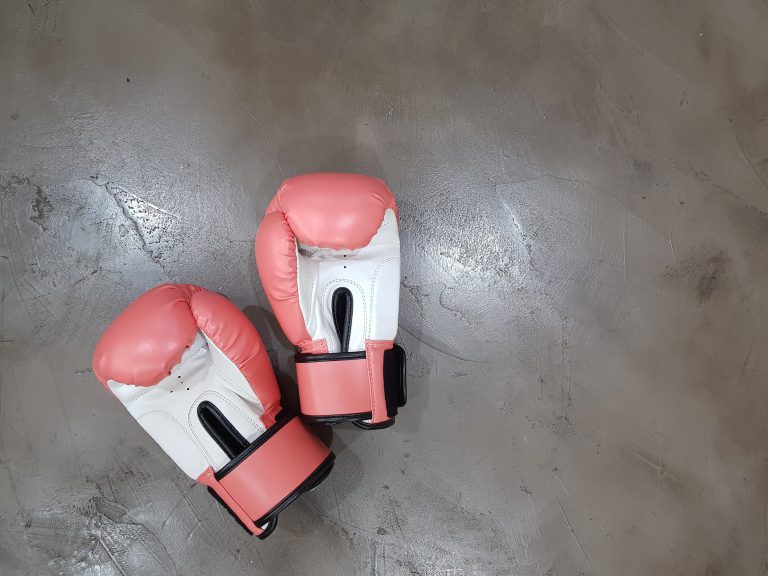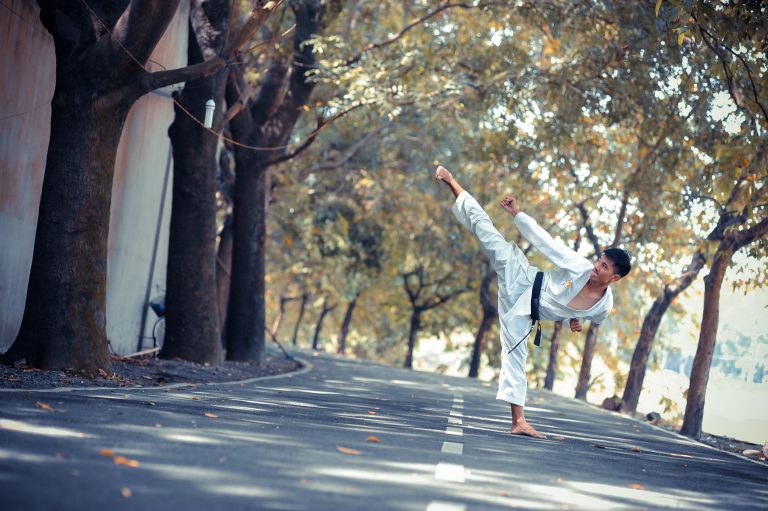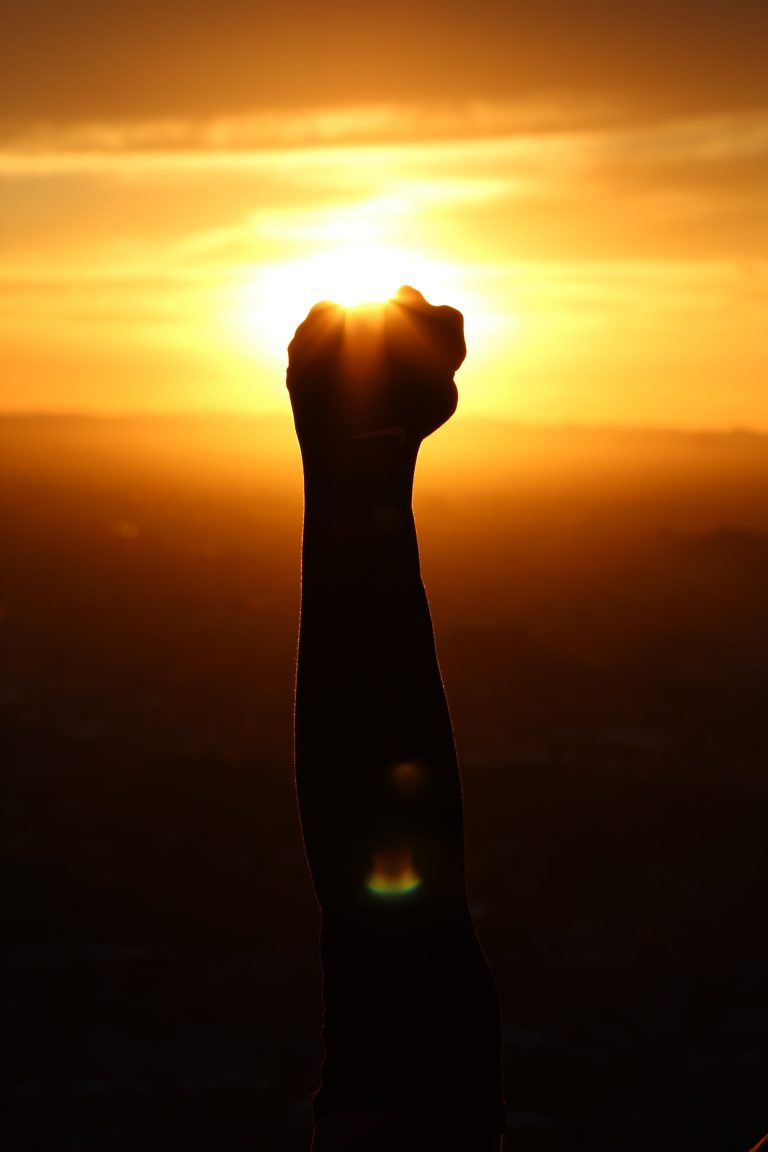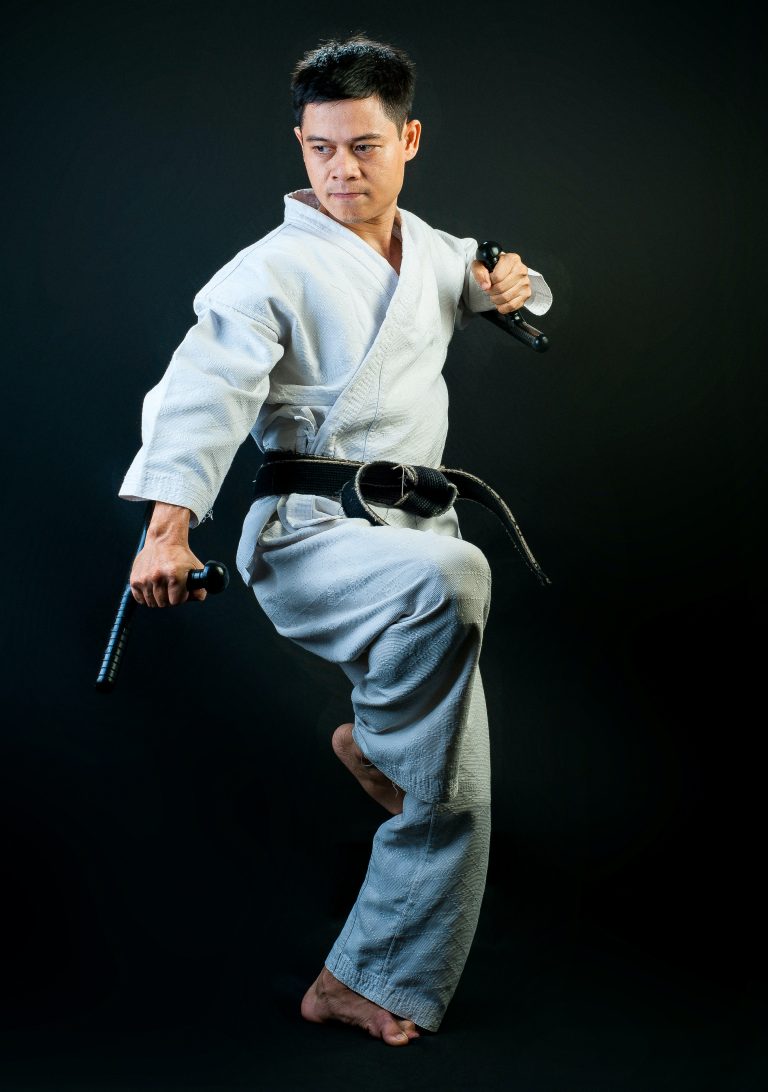Karate – Ursprung und Geschichte
Karate ist eine von vielen Kampfkünsten, die heute unterrichtet werden. Doch woher stammt diese Sportart und wie hat sie sich im Laufe der Zeit entwickelt?
Die Ursprünge von Karate
Die Wurzeln von Karate reichen zurück bis ins 17. Jahrhundert auf der japanischen Insel Okinawa. Zu dieser Zeit war Okinawa ein unabhängiges Königreich und wurde oft von seinen Nachbarstaaten angegriffen. Die Bewohner Okinawas entwickelten daraufhin verschiedene Kampfkünste als Selbstverteidigung.
Eine dieser Kampfkünste war “Te”, woraus später das Karate entstand. Te wurde von den Einwohnern Okinawas oft im Geheimen trainiert, da es von den herrschenden Japanern verboten wurde. Erst im Jahre 1905 wurde Te offiziell als Sportart anerkannt und erhielt den Namen Karate.
Die Entwicklung von Karate
Nachdem Karate offiziell anerkannt wurde, verbreitete es sich schnell in Japan und später in der ganzen Welt. In den 1930er Jahren wurde das Shotokan-Karate von Gichin Funakoshi, einem der bekanntesten Karateka, entwickelt. Das Shotokan-Karate zeichnete sich durch eine starke Betonung der Technik und der Disziplin aus.
Im Laufe der Zeit entstanden viele verschiedene Stilrichtungen von Karate, darunter Goju-Ryu, Shito-Ryu und Wado-Ryu. Jeder Stil hatte seine eigenen Schwerpunkte und Techniken.
Karate im 21. Jahrhundert
Heute wird Karate auf der ganzen Welt unterrichtet. Es ist eine olympische Sportart geworden und wird bei den Olympischen Spielen 2021 in Tokio erstmals als Disziplin vertreten sein. Karate wird nicht nur als Kampfkunst und Wettkampfsport, sondern auch als Fitness- und Selbstverteidigungstraining eingesetzt. Viele Menschen nehmen Karate-Unterricht, um ihre körperliche und geistige Gesundheit zu verbessern.
Insgesamt hat Karate eine lange und faszinierende Geschichte, die es zu einem wichtigen Bestandteil der japanischen Kultur und des Sports gemacht hat. Es bleibt abzuwarten, wie sich Karate in Zukunft weiterentwickeln wird und welche neuen Herausforderungen es zu meistern gilt.
Most Frequently Asked Questions about Karate – Ursprung und Geschichte
Karate is a martial art that originated in Okinawa, Japan. It is a form of self-defense that focuses on striking techniques such as punches, kicks, and knee strikes. Along with physical training, Karate also emphasizes mental discipline and spiritual development. Here are the most frequently asked questions about Karate – Ursprung und Geschichte:
1. What is the origin of Karate?
Karate has its roots in Okinawa, a small island in Japan. However, the origins of the martial art can be traced back to ancient China. The earliest form of Karate was brought to Okinawa by Chinese martial artists, and it evolved over time to become the Karate we know today.
2. What is the meaning of Karate?
The word Karate is derived from the Japanese words kara (empty) and te (hand), meaning „empty hand“. This refers to the fact that Karate is a form of self-defense that does not involve weapons.
3. What is the history of Karate?
Karate has a long and interesting history. It was developed in the Ryukyu Kingdom (present-day Okinawa) during the 17th century. At that time, the island was under the influence of China, which had a strong martial arts tradition. As a result, Karate was heavily influenced by Chinese martial arts.
In the 20th century, Karate was introduced to Japan and gained widespread popularity. Today, it is practiced all over the world and has become one of the most popular martial arts globally.
4. How is Karate different from other martial arts?
Karate is unique in several ways. For one, it focuses primarily on striking techniques such as punches, kicks, and knee strikes. It also places a strong emphasis on discipline, mental training, and spiritual development.
Another difference between Karate and other martial arts is that Karate does not involve the use of weapons. It is a form of self-defense that relies solely on the body.
5. What are the benefits of practicing Karate?
There are numerous benefits of practicing Karate. For one, it is an excellent way to improve physical fitness and coordination. Regular practice can also lead to improved mental discipline, self-confidence, and resilience.
Karate is also a great way to relieve stress and aggression. The practice of Karate requires a high degree of focus and concentration, which can be very meditative and calming.
6. What is the belt ranking system in Karate?
The belt ranking system in Karate is used to indicate a student’s level of proficiency in the martial art. The system typically starts with a white belt, which is the beginner level, and progresses through several colored belts, culminating in a black belt, which is the highest level.
The belt ranking system is often used as a way to motivate students and to provide a sense of accomplishment and progress.
7. What is the role of Kata in Karate?
Kata is a form of training in Karate that involves performing a set sequence of movements. These movements are designed to simulate different combat scenarios and to help the student develop muscle memory and technique.
Kata is an important part of Karate training because it allows students to practice and refine their techniques in a controlled environment. It also helps to develop mental discipline and focus.
8. What is the role of Kumite in Karate?
Kumite is a form of training in Karate that involves sparring with an opponent. Unlike Kata, which is a choreographed sequence of movements, Kumite is a dynamic and unpredictable form of training that simulates real combat situations.
Kumite is an essential part of Karate training because it allows students to test their techniques in a realistic setting. It also helps to develop physical and mental fitness, as well as agility and coordination.
9. What are some famous Karate masters?
There have been many famous Karate masters throughout history, including Gichin Funakoshi, who is often regarded as the founder of modern Karate. Other influential Karate masters include Mas Oyama, who founded the Kyokushin Karate style, and Hirokazu Kanazawa, who helped popularize Karate in Europe.
10. How can I get started with Karate?
Getting started with Karate is relatively easy. The first step is to find a reputable Karate school or dojo in your area. Once you’ve found a school, you can sign up for classes and start learning the basics.
Most Karate schools offer beginner-level classes, which are designed to introduce students to the fundamental principles and techniques of the martial art. As you progress, you can work your way up through the belt ranking system and learn more advanced techniques and forms.
Conclusion
Karate is a fascinating martial art with a rich history and culture. Whether you’re interested in improving your physical fitness, developing mental discipline, or simply learning self-defense, Karate is an excellent choice. By answering these frequently asked questions, we hope to have given you a better understanding of the origins and history of Karate. If you’re interested in learning more, we encourage you to find a reputable Karate school or dojo in your area and give it a try.
Inhaltsverzeichnis






